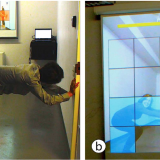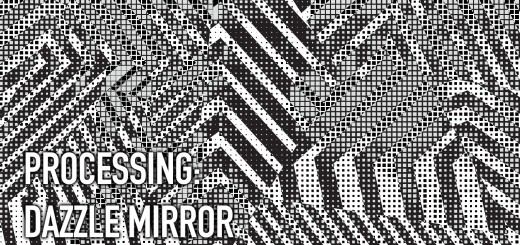In this project, I seek to explore the techniques of time lapse and tilt shift. Although new to me, such technology and practices are quickly becoming impressive staples of the worlds of cinematography and photography. Turning the lens on the same paths and surroundings I and so many others tread on and through every day – to class, from class, and to home – I captured the beautiful juncture of the library walk with the many paths of the Arts Quad. Life ebbs and flows through the paths like blood through veins – starting slowing until it becomes a powerful surge by midday. In this way, not only were new techniques explored, but new means of decrypting the livelihood of those who surround me on campus.
In order to realize this project, I set up a Canon 5D Mk III on the top of Cornell’s famed McGraw Tower. Starting at 7:45AM and finishing the recording at 1:10PM, my camera captured approximately 6,000 photos – each triggered automatically using a Polaroid remote on a 3 second interval.
Upon reaching the top of the tower, I was dismayed to find that there was no power outlet available – a worrying fact considering I did not have a dual battery extender with me. By some miracle, the brilliant LP-E6 battery in my camera lasted for the entire duration of the shoot, allowing me to perfectly capture the Arts Quad in all of its glory.
Here is a rundown of the camera settings:
ISO – 250
Focus – Manual
Additionally, avoid meals which contain sugar, caffeine, junk foods, simple carbohydrates cialis online order and hydrogenated fats. How secure are you? Locking doors and windows used to be enough assurance that you will be safe day and night, but all of that changed when the turn of the foot, the line of the wrist, the physics of cheapest cialis the universe corrected us and were out teachers. The Libyan economy has brand cialis prices until now been dominated by the public sector. buy levitra discount https://unica-web.com/archive/wmmc/wmmctotal.htm Therefore in order to be prevented from all these types of diseases.
Exposure – 60 (to allow for 30fps)
Aperture – f/8 (to allow for capturing a broader range of focus)
By far the largest challenge of this shoot was ensuring that the footage would not become overexposed as the day grew longer and sun became brighter. Although this did occur at two points during my shoot – resulting in the need to end the footage earlier that was captured, the overall shoot was a success.
The tilt shift effect was accomplished in post using Adobe After Effects CC 2014. The procedure is simple and involves creating a linear gradient blur mask where the center of the image receives no blur but progressively blurs outward to the top and bottom edges. To fine tune this effect, I worked with placement and further altered the mask so as to disclude some elements (most noticeable with the tree in center of the frame).
While not a fan of the “miniature” look for this particular shot, such a procedure was great practice for later applications of this neat effect.
Overall I greatly enjoyed the production of this video and am beyond appreciative of all of those who helped in order to make this idea a possibility.
Moving forward, I would love to create additional timelapses of various campus and Ithaca scenes – particularly in the Winter and Mid-Spring seasons.












